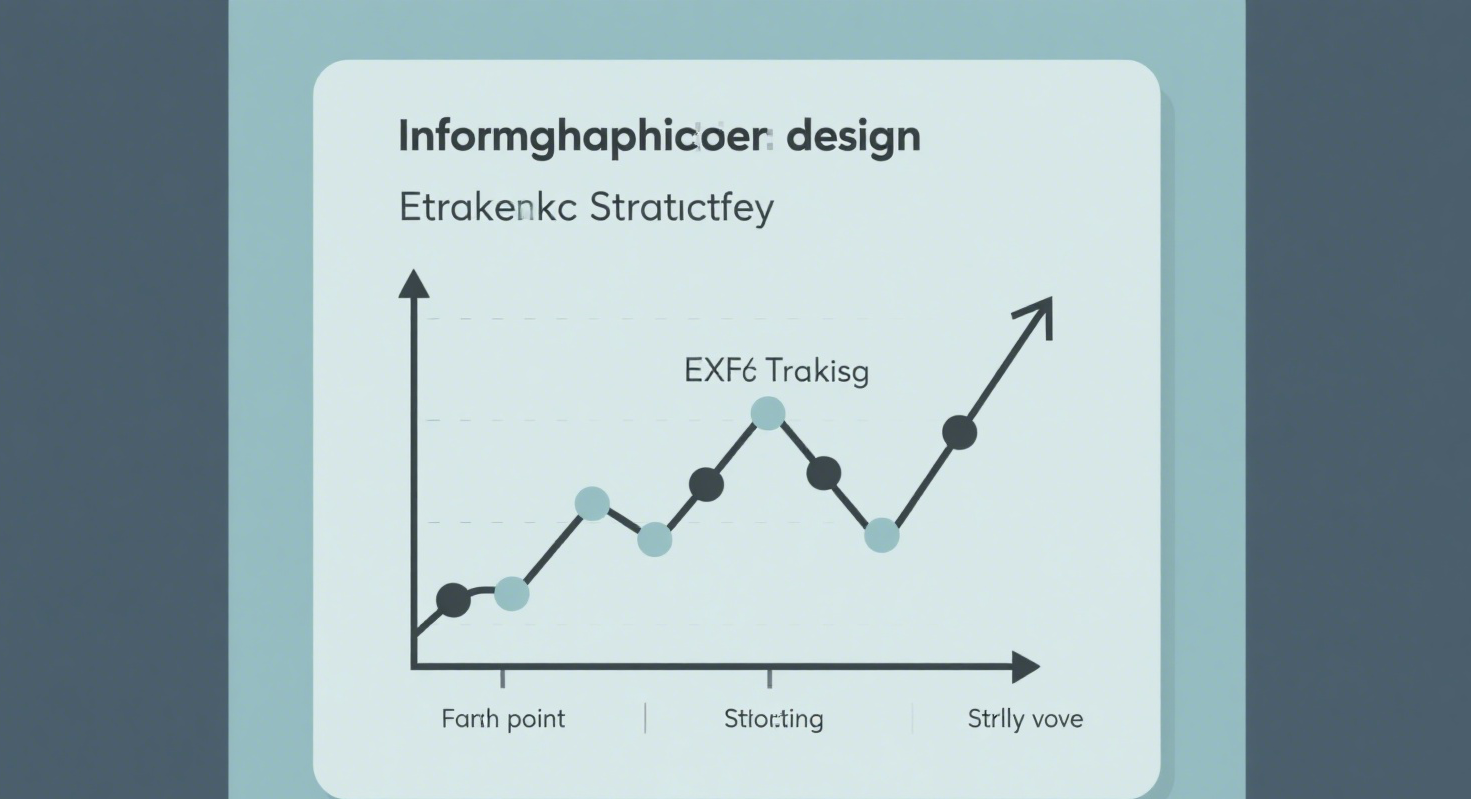
Machinery Association: 20% Tariff Hike and Strong Currency Appreciation Hurt Export Competitiveness
The Taiwan Association of Machinery Industry (TAMI) announced this afternoon that July machinery exports reached $2.793 billion, a year-on-year increase of 13.4%, marking six consecutive months of growth. However, when calculated in New Taiwan Dollars (NTD), the export value only rose by 1.8% year-on-year. The association noted that the appreciation of the NTD this year has significantly reduced both real export growth and corporate earnings.
Regarding tariff variables, TAMI pointed out that Taiwan’s machinery exports to the U.S. will effectively face an additional 10% tariff burden compared to competitors like Japan and South Korea. Combined with the sharp appreciation of the NTD since April, this creates a roughly 20% price disadvantage against these rivals, severely undermining Taiwan’s international competitiveness in machinery exports.
The U.S. and mainland China remain Taiwan’s top two export markets for machinery. In the first seven months of this year, Taiwan’s machinery exports to China grew modestly by 3.8%, totaling $4.07 billion, while exports to the U.S. rose 16.1% to $4.72 billion.
TAMI analyzed that the U.S. began implementing reciprocal tariffs on August 7, imposing a 20% rate on Taiwan—higher than the 15% rate applied to competitors like Japan and South Korea—which will severely impact Taiwan’s machinery industry.
The association explained that Taiwan lacks a free trade agreement with the U.S., and while its machinery exports previously faced an average U.S. tariff of about 5%, Japanese and South Korean products often enjoyed zero tariffs. After the reciprocal tariffs take effect, Taiwan’s machinery exports to the U.S. will effectively face a 10% higher tariff burden than its competitors. Coupled with the NTD’s appreciation since April, this creates a roughly 20% price gap, significantly eroding Taiwan’s export competitiveness.
The NTD’s exchange rate has had an even broader impact than the U.S. tariffs. From 2021 to July 31 this year, the NTD depreciated by only 4.6%, while the Japanese yen fell 46.2% and the Korean won dropped 28%. The previous 20–30% price advantage Taiwanese machinery held over Japanese equipment has vanished, notably affecting machine tool exports and contributing to a sharp decline in orders.
TAMI urged the government to take action, emphasizing that the higher U.S. tariffs on Taiwan compared to rivals like Japan and South Korea, combined with the NTD’s exchange rate, are critical to maintaining the industry’s export competitiveness.
















